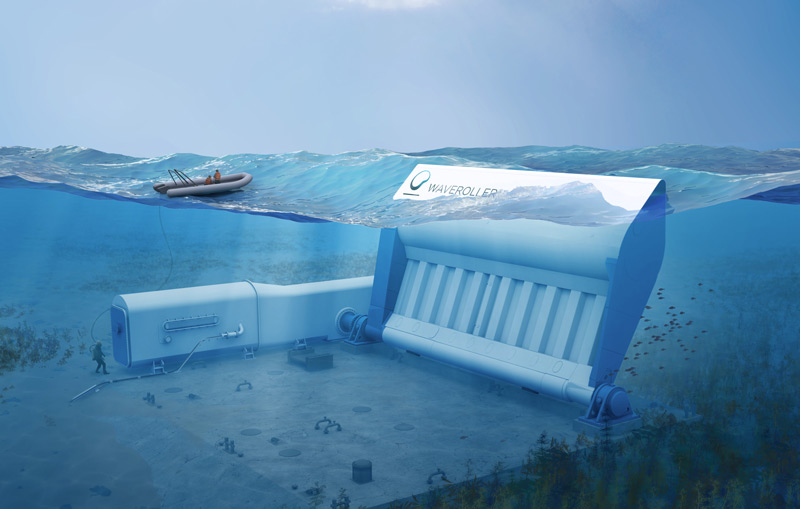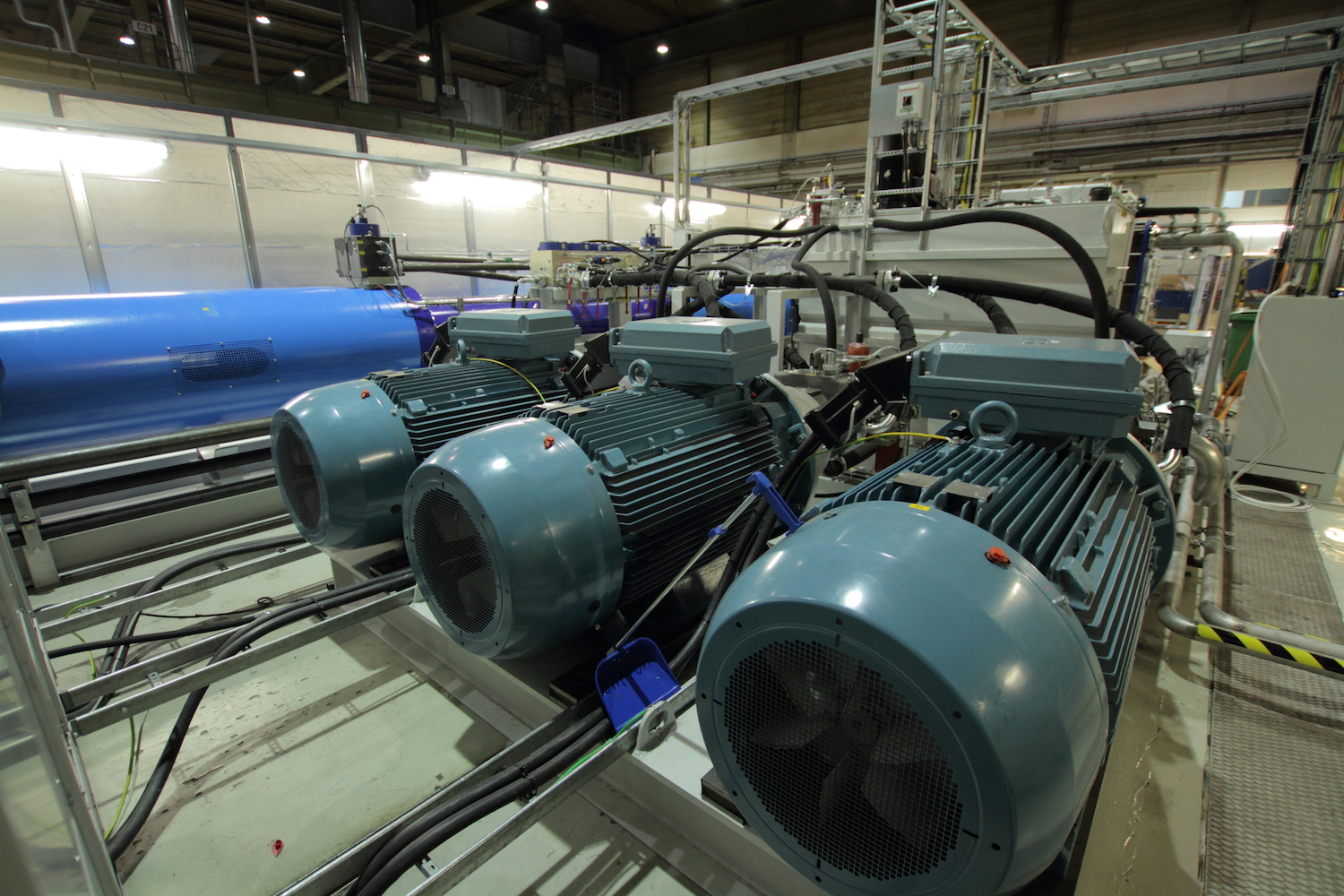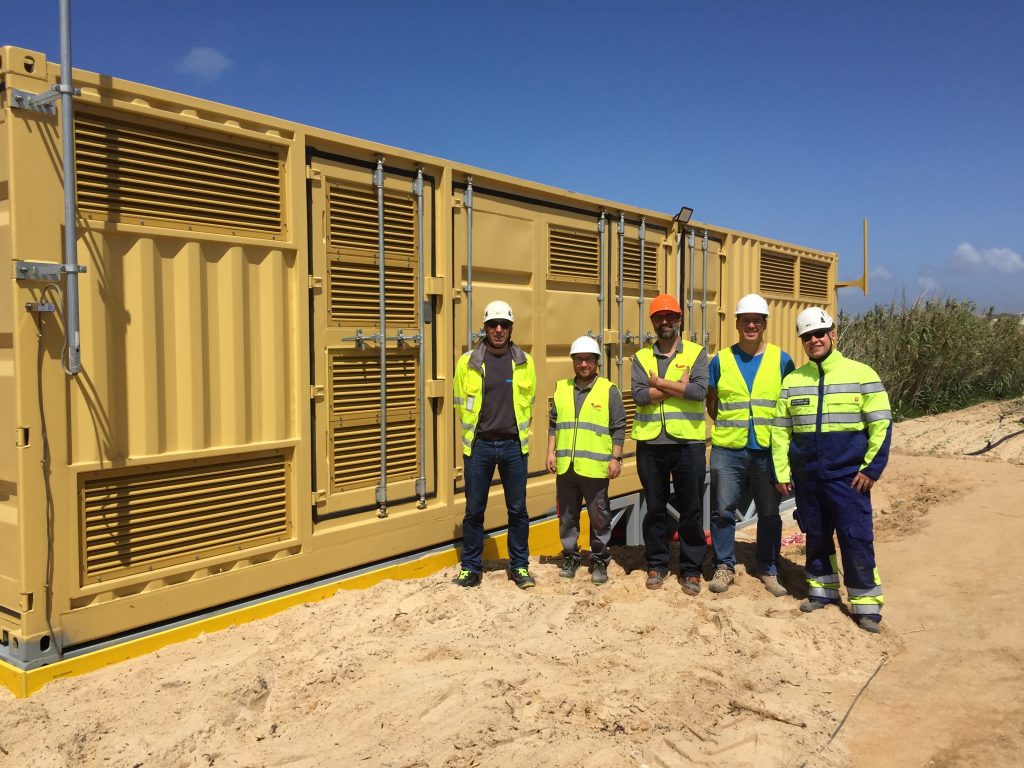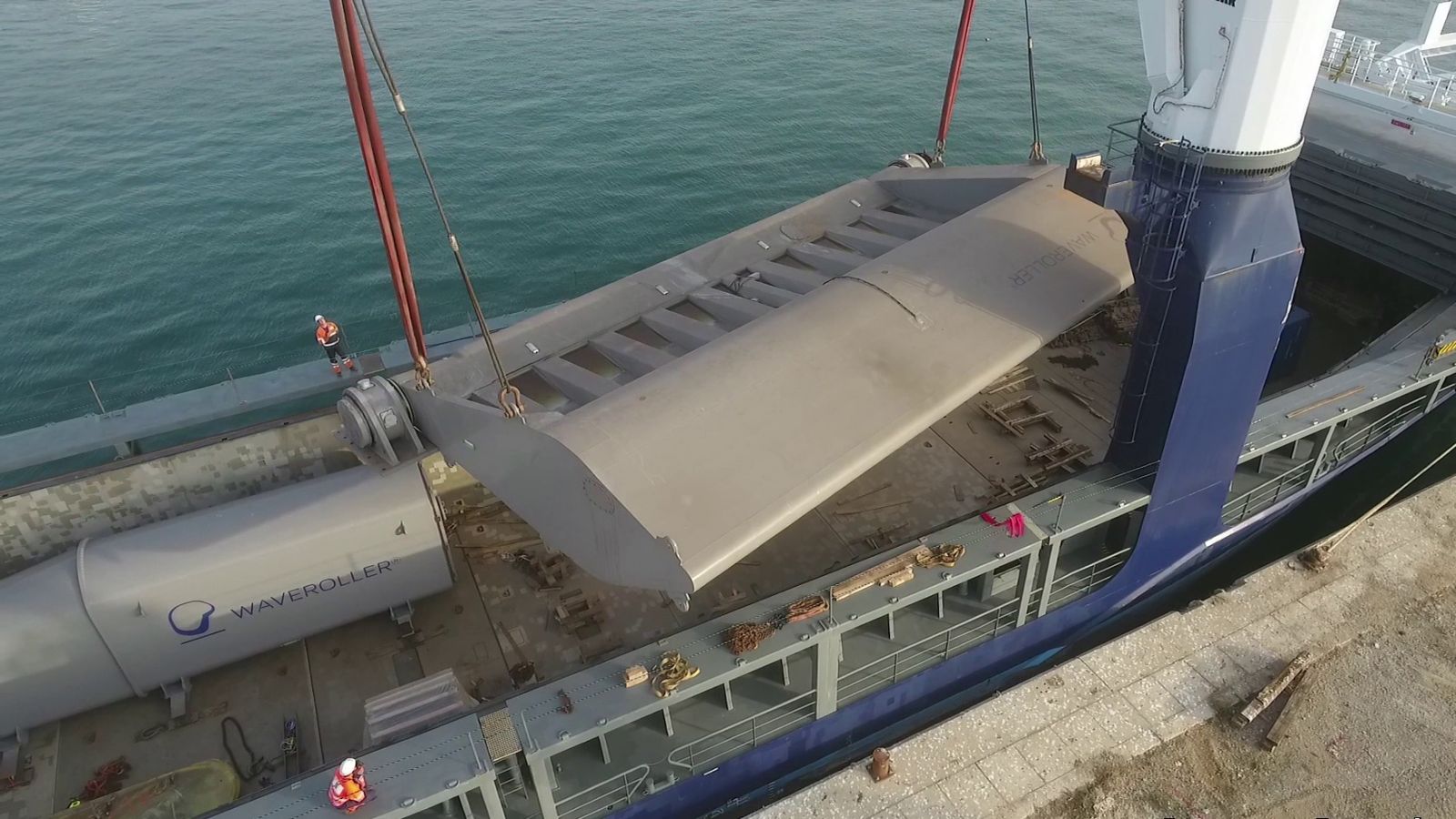Making Waves: Transforming the renewable energy mix
The potential of the global ocean's resources is mind-boggling. Between large water surfaces and marine resource diversity, there are a wide variety of energy extraction options available.
Recently report by Ocean Energy Systems (OES), the global wave and tidal stream energy production has risen ten-fold over the last decade. The density of wave energy could even equal the offshore wind sector, considering that waves are a concentrated form of energy capable of travelling large distances with minimal losses. Curiously, we have barely tapped this promising sector of the clean energy market.
Supplying Demand
The theoretical global potential of wave power is around 29500 TWh/yr, from which currently only a small fraction is extracted near ocean coastlines, islands, or semi-enclosed basins.

If we take 2 percent of the world's 800, 000 kilometers of coastline with a wave power density of 30 kilowatts per meter (kW/m), and an estimated global technical potential of about 500-gigawatt electrical energy (GWe) - based on a conversion efficiency of 40 percent - by just utilizing 2 percent of our coastlines, we can generate 4,383TWh of ocean power annually, enough to meet 16.4 percent of the world's electricity needs.
In the European marine energy market, the successful development of marine energy technology could generate 188 GW (10 percent) of Europe's electricity needs by 2050. For this to happen, wave energy deployment would begin in 2022 - just two years from now. One promising option is bringing together wave energy devices with existing coastal onshore wind farms by connecting and sharing the onshore localised power hub and grid infrastructure. This would help accelerate and develop wave industry in areas with moderate wave energy potential.
Market Opportunities and Storing Energy
In summer, California renewable power production comes from both the sun and the wind (wind courtesy of hot desert days). But winter sees a big drop off in this power production. Given the 80 percent renewable scenario, the gap in December is about five terawatt hours. California could store energy in the summer and deliver it to the grid in the winter, but the amount of rare materials you would need for that amount of storage is mind-boggling.

Five terawatts hours is the same amount of wave energy coming into 70 miles of coastline in the winter months. That gap between the summer and winter can be filled with wave energy, which could help deliver renewable energy across all seasons.
Predictability
Compared to wind and solar, wave energy is highly predictable. Decades of marine engineering has driven advances in weather simulations that has given us the ability to accurately predict wave energy. In the major oceans, it's possible to predict wave energy about a week ahead. About two weeks for the tropical oceans. With wave energy, we could have the prospect of selling next week's renewable energy.
LCOE or LVOE?
As more solar comes onto the grid, when it's sunny, solar competes with itself. Each new solar panel you put in it will compete with the others. And you see the same in wind as well where the levelized cost of energy is called in to question. However, wave energy is considered not as a competing industry, but rather an indispensable addition to the renewable energy mix. With energy production more closely matching the demand, it will result in a higher levelized value of energy for the owner or operator.
Not a "one type fits all" approach
There is no one technology that can meet all the requirements we demand; a team effort will bring optimal results. Wave energy will play an important role, complementing other renewable energy sources to create increased grid stability. In Chile and Australia, for example, the amount of wave energy coming into the coastline is far greater than the electricity demand in the country. California's waves can easily fill the winter shortfall left by both wind and solar.
Drawing energy from waves
Waves are generated by the winds. Even when the wind stops, the waves continue coming into the beach. The top layers of the entire ocean has stored energy that travels in waves. That wave energy acts just like a battery storage system - aggregating and smoothing. If you convert the slow rolling motion of the wave into linear motion, that linear motion can be used to pump hydraulics. It's similar to the low frequency, high force principle used in rudder systems for ships and oil and gas riser systems. The hydraulic pressure induced by wave forces can feed hydraulic motors that rotate generators. By storing and smoothing the power, rotation is kept continuous, constantly delivering power to the grid.
 Because the mechanics stay close to the shoreline - but far enough out to benefit from incoming wave energy - the critical electrical components can stay on land. As with offshore wind turbines, cables deliver the energy to a substation. Maintenance carries fewer risks than wind because technicians can just walk up to an onshore substation, without having to be transferred to an offshore turbine tower.
Because the mechanics stay close to the shoreline - but far enough out to benefit from incoming wave energy - the critical electrical components can stay on land. As with offshore wind turbines, cables deliver the energy to a substation. Maintenance carries fewer risks than wind because technicians can just walk up to an onshore substation, without having to be transferred to an offshore turbine tower.
Challenges and opportunities.
Wave energy's biggest challenge is being a newcomer to the renewables market. Initially, costs are high compared to wind and solar. But remember, the same thing occurred with wind and solar in their infancy. With similar incentives and support, wave energy can start with a lower levelized cost of energy than wind (in its early days). The challenge is to overcome this hurdle and move to larger commercial projects to really get the costs down... and they will come down.
As the share of wind and solar renewables continues to increase constraints on site availability, transmission infrastructure and intermittency will make it more difficult to reach our increasingly ambitious renewable energy targets. One benefit of wave energy is that it can be fed to the grid at different times, compared to present forms of renewable energy, and sites are readily available close to existing transmission lines.
A market that values predictability, low variability, and production that mirrors demand, will encourage developers to co-locate wave energy into their projects.

Sustainable ecosystems must be a priority.
It's vital to understand the impact wave energy harvesting may have on the local communities and marine ecosystem. Nearshore wave energy converters operate in a shallow zone where trawling with nets for fish is not feasible. But fishing by other means is permitted. This is where wave energy converters could add value, because, just as we've seen with offshore wind turbines, the wave energy substructures form artificial reefs, which create valuable sanctuaries for marine life.
While Europe is still the world leading market for wave energy technologies, other countries are progressing quickly. The challenge for any government will be to recognize a long-term 'horizon', with an energy charter that supports a full and balanced renewables mix.
Christopher Ridgewell is CEO at AW-Energy Oy, a Finnish company that creates commercial-scale technology to absorb energy from waves. Th industry's first commercially-ready wave installation -WaveRoller -currently feeds Portugal's grid.
AW-Energy Oy | aw-energy.com
Author: Christopher Ridgewell
Volume: 2020 May/June








